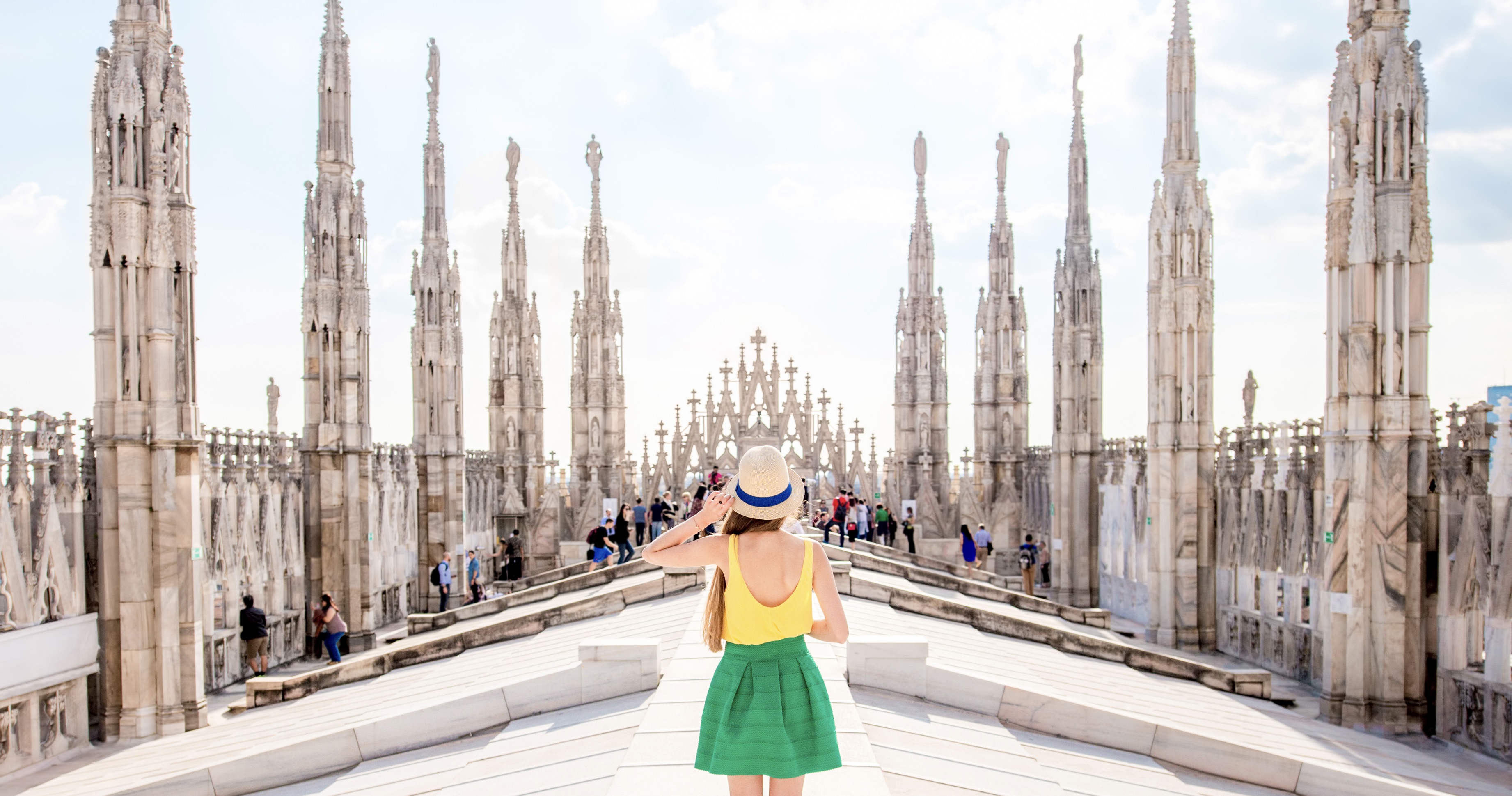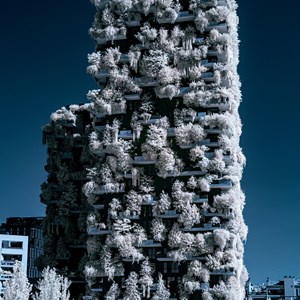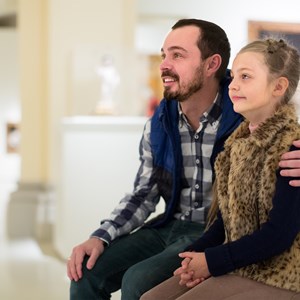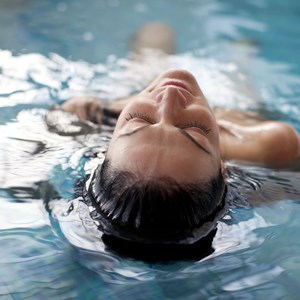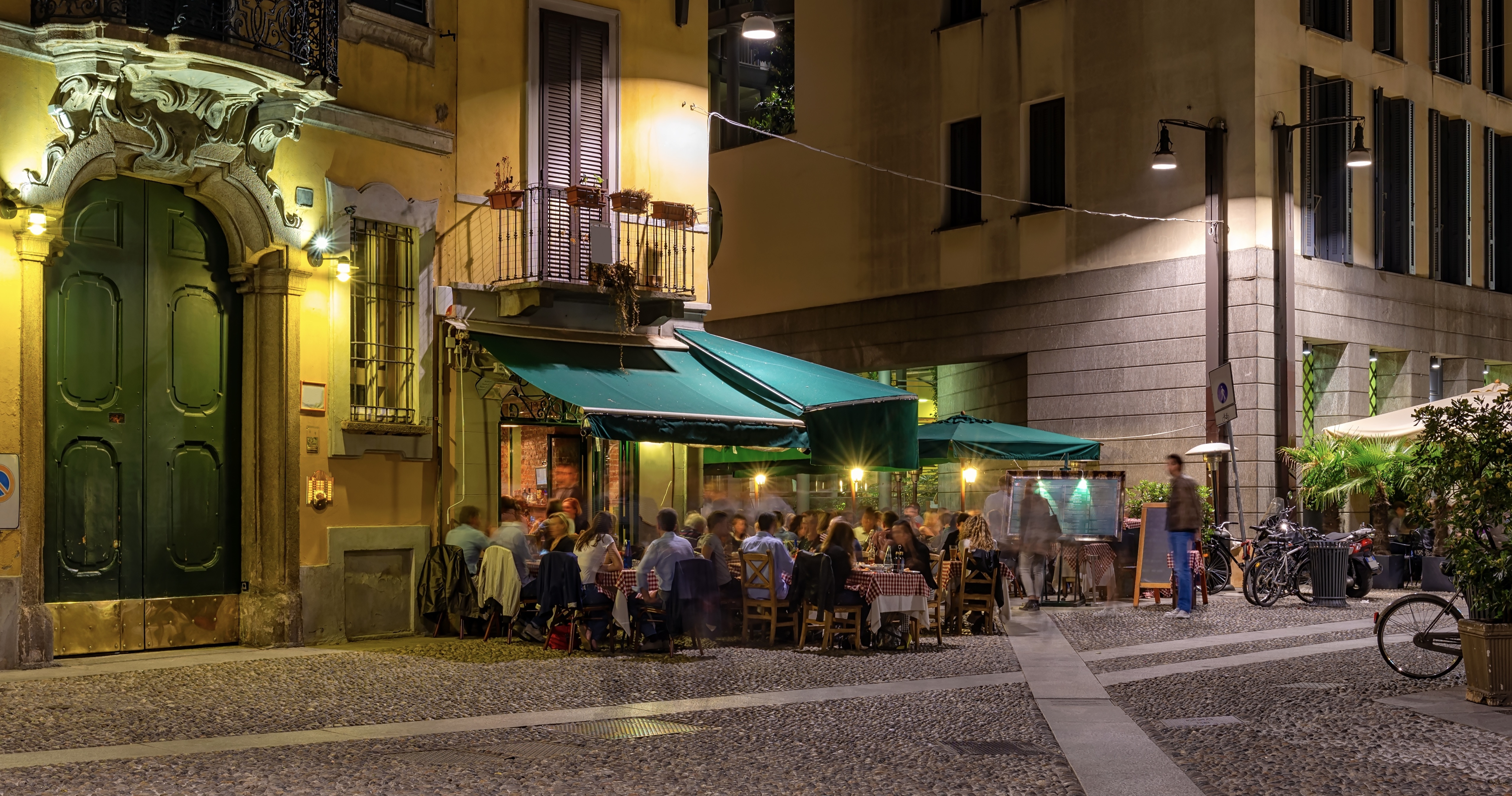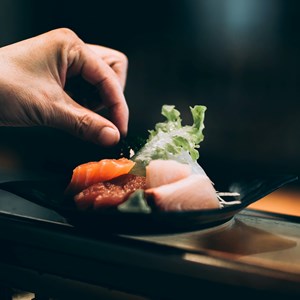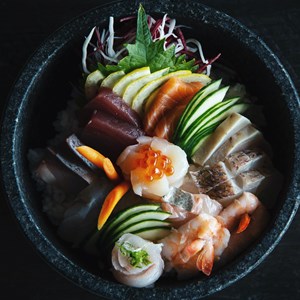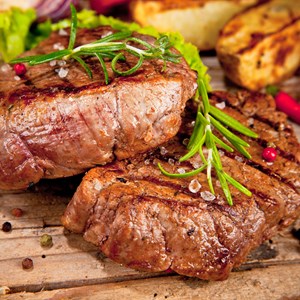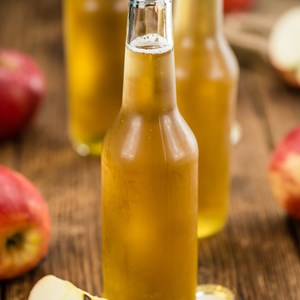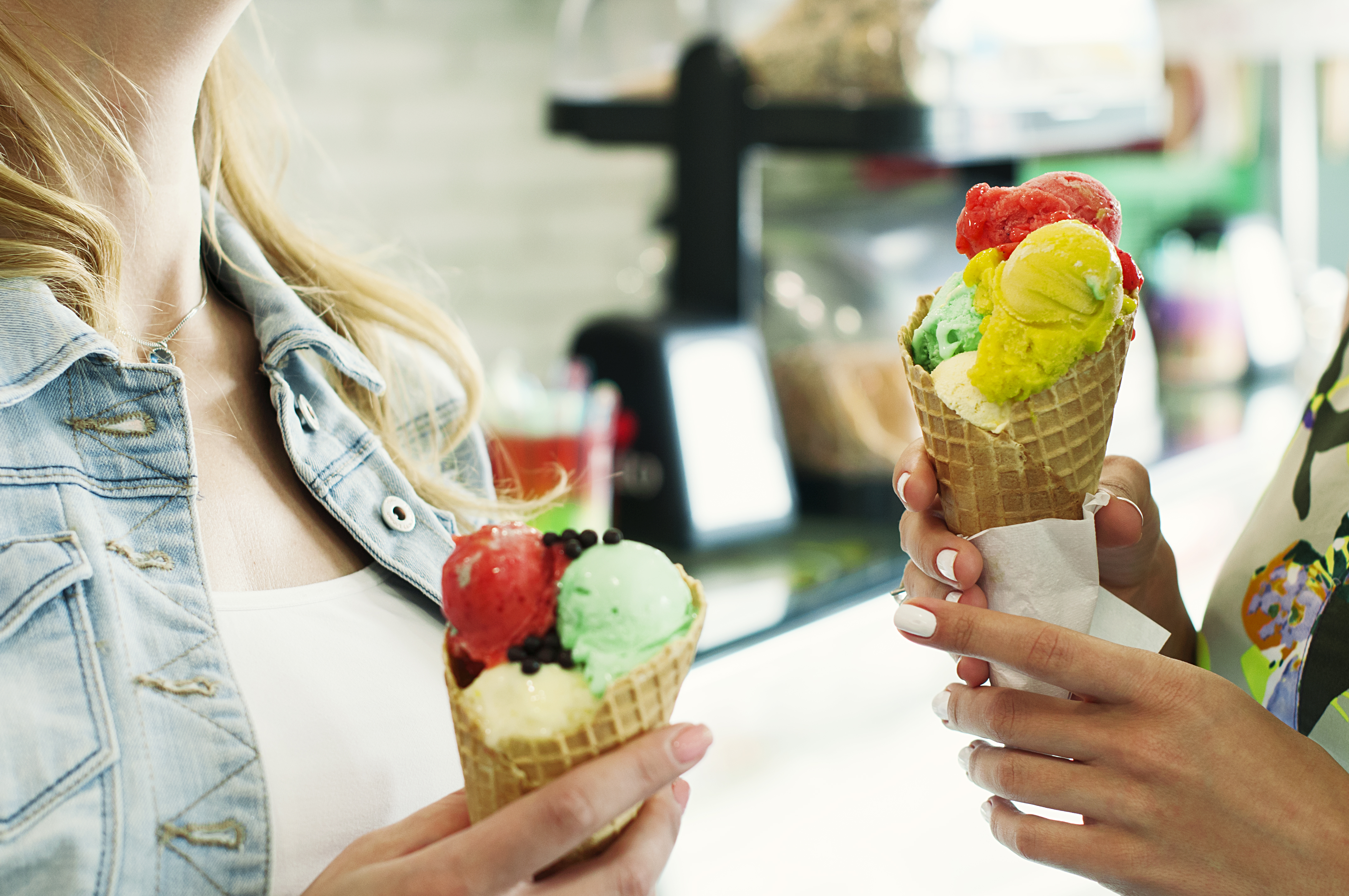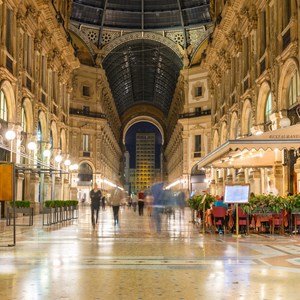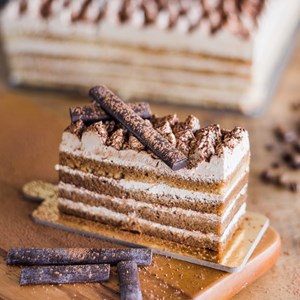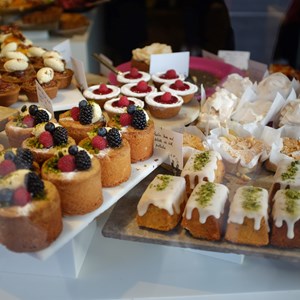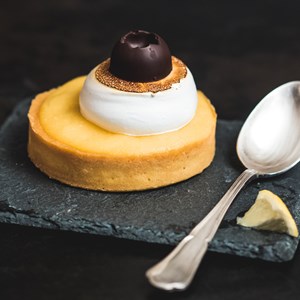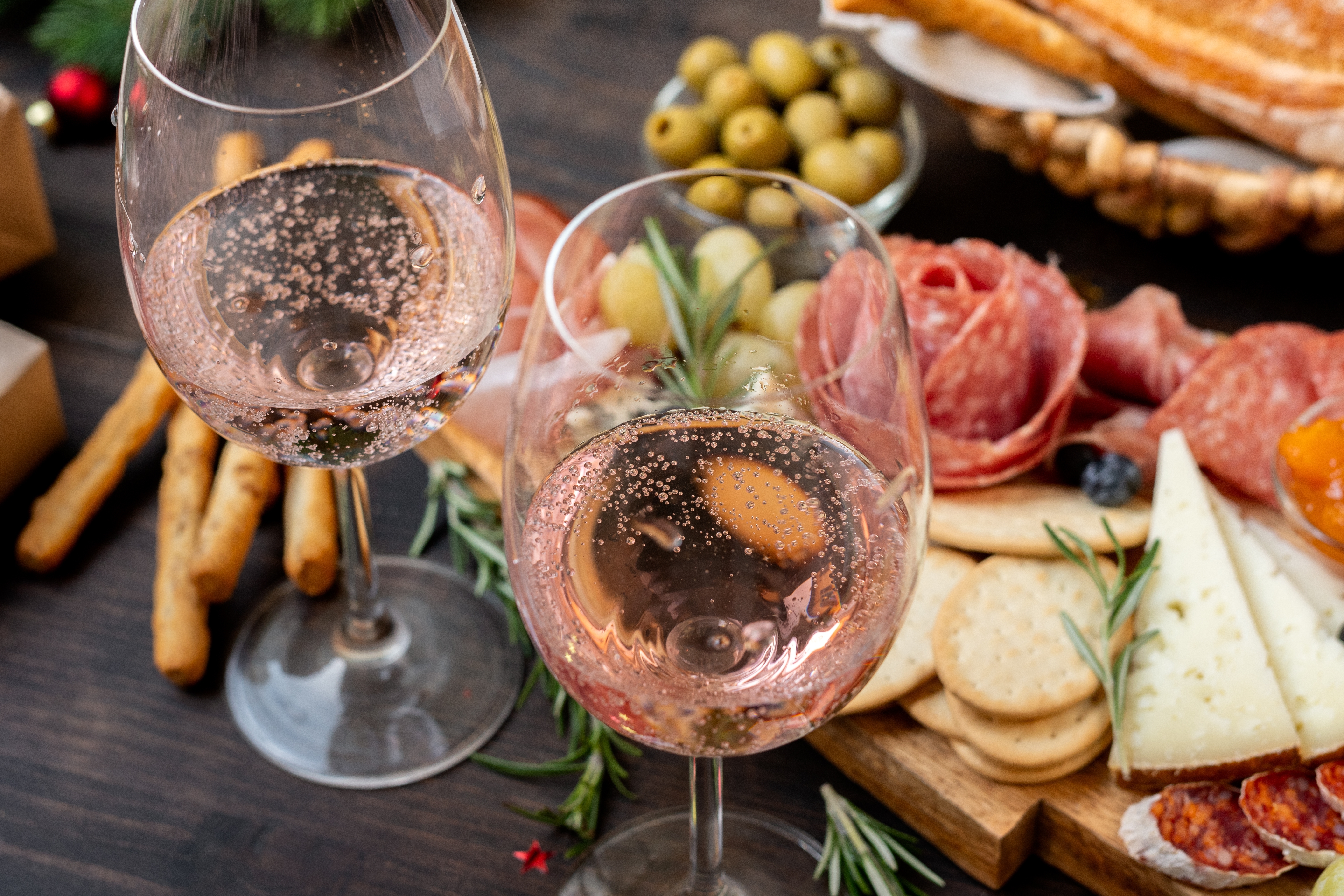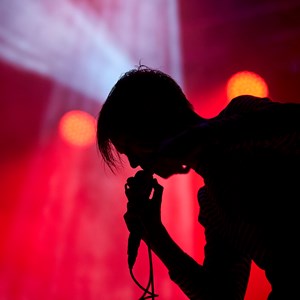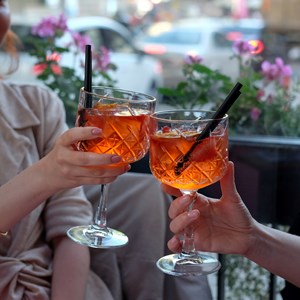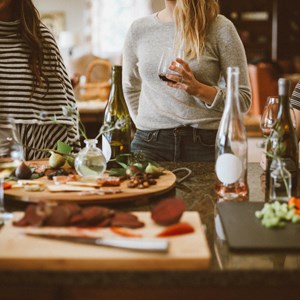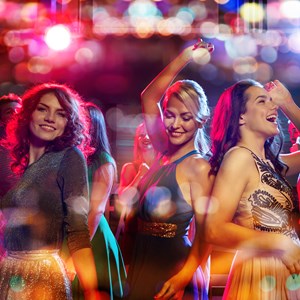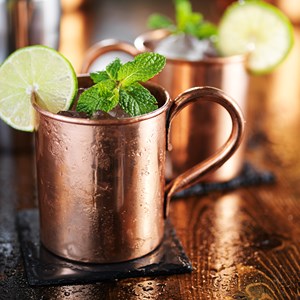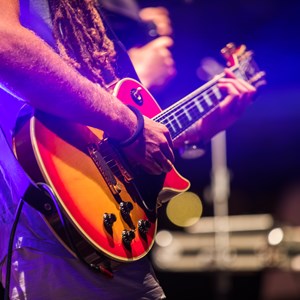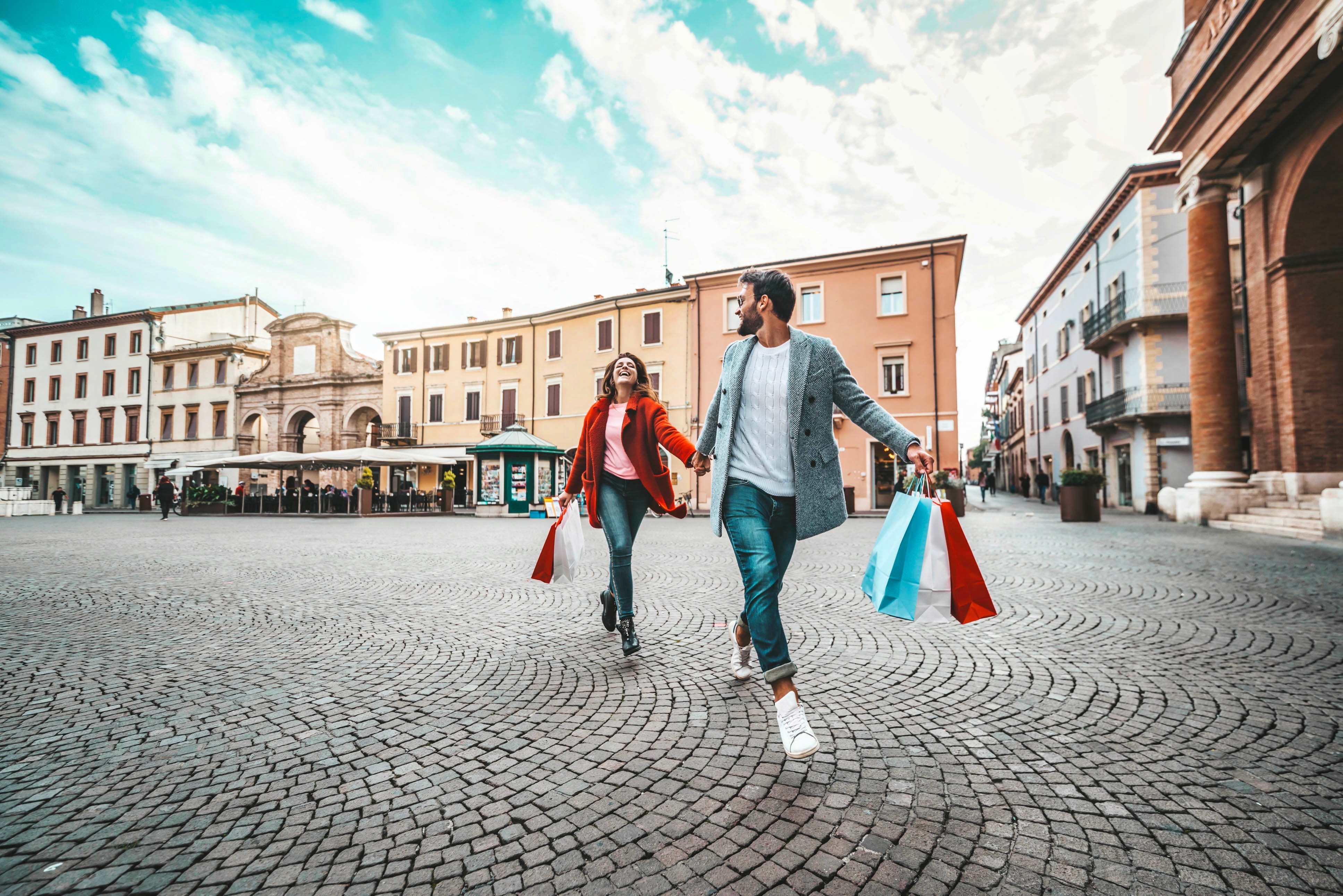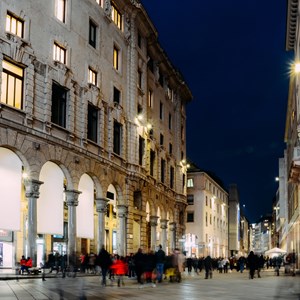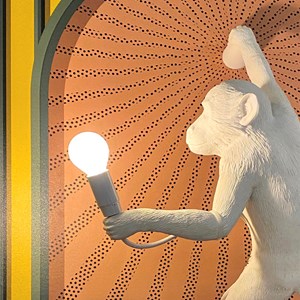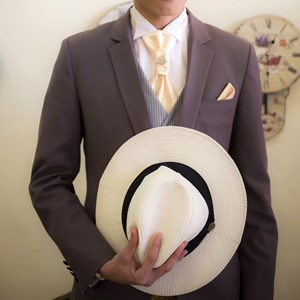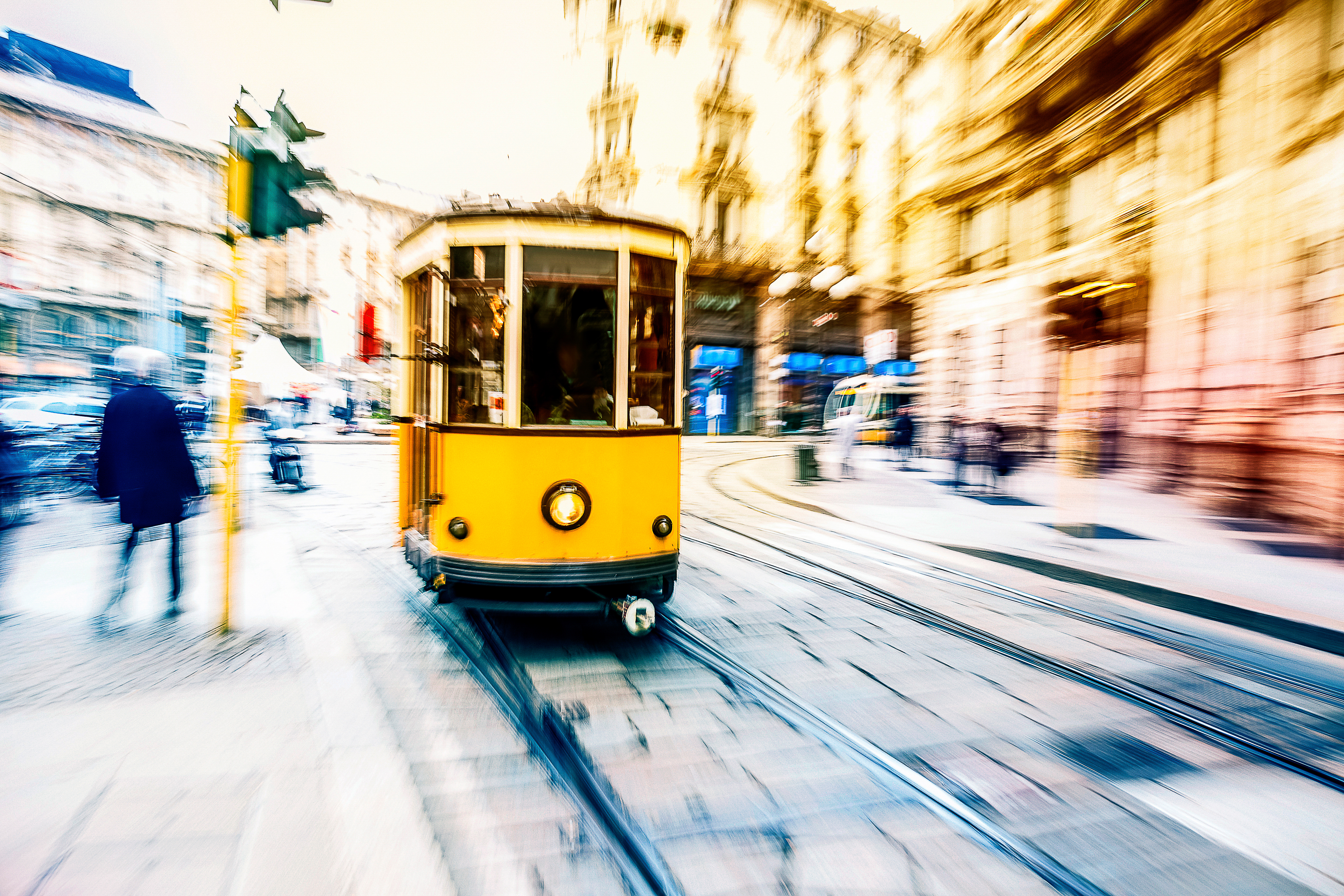

Milan is famous as one of the world’s most influential fashion capitals, so make some room in your wardrobe and get ready for a makeover. Milan is a major cultural centre in Italy, with world-class museums and galleries, the Duomo Cathedral, ancient churches, and impressive architecture of opulent Italian villas. After viewing da Vinci’s Last Supper, try Lombardi specials like ossobuco and risotto alla Milanese in one of the neighbourhood restaurants. Milan is the perfect starting point for exploring the prettiest landscapes of northern Italy.
The City
Milan was founded by Celtic tribes around 600 B.C. When the Romans conquered the city, it was renamed "Mediolanum" — the land in the middle. Thanks to Milan’s strategic location in the middle of the fertile Po River valley, it quickly became an important centre for trade in the Roman Empire. Later, it also became its western capital.
Today, Milan is the second-largest city in Italy. Almost everything in Milan revolves around the fashion industry. Most famous designers and fashion houses tend to be located in the city — the area around Via Monte Napoleone and Via Della Spiga is the heart and home to many fashion industry flagship stores. Centro Storico is where many of the city’s famous sights are located, including the Duomo and La Scala Opera. Navigli, by the canals, is another exciting neighbourhood famous for its nightlife, while Brera is an artsy enclave.
Do & See
The best way to understand how Milan is laid out is to take a ride on one of the trams. Route 1 runs from the main train station, via Piazza Cairoli, to Castello Sforzesco and is probably the best choice. But many other routes also offer good views of the city, so jump on and let it take you on a tour of the city's best sights and attractions.
Dining
Milan has a large selection of restaurants, from authentic family-run lunch places, to strict sushi eateries and top-class establishments where the corporate credit card reigns supreme. As is often the case in Italy, the best dining experience is usually a less extravagant affair in honest trattorias serving local and national specialities.
Dinner in Italy usually starts between 8pm and 10pm. It typically begins with an antipasti course of small bites paired with aperitivo cocktails. Aperitivo can be had as early as 6pm, if you are not in a hurry — and you shouldn't be.
Cafés
In Italy, gelato is eaten just as religiously as pasta. It’s not only Italy’s delicious answer to ice cream, but it is also a way of life. Accompany yours with a strong espresso or cappuccino for the full Milan café experience.
Bars & Nightlife
The Brera and Navigli neighbourhoods have the most bars and offer bustling nightlife. For a more trendy option, try the area around Corso Como. Do it the Milanese way and mingle at a selection of bars between 7pm and 9pm, when filling snacks may be served along with your aperitivo.
Shopping
Milan is the capital of fashion, and there is plenty to choose from when it comes to shopping. Even those less interested in fashion (or who can’t afford the often high prices) will find exploring Via Monte Napoleone, Via della Spiga and the surrounding streets rewarding. This is where all the fashion houses have their impressive flagship stores. Armani’s department store on Via Manzoni 31 is a good example, or Gucci’s store on Via Monte Napoleone (this one covers an entire city block). Dolce & Gabbana’s impressive store on Corso Venezia is housed in the former palace of a Sicilian nobleman.
Tourist Information
Milan Malpensa Airport (MXP)
Malpensa lies approximately 50 kilometres (31 miles) from downtown Milan and can be reached by bus, train and taxi.
The Malpensa Express trains stop at terminals 1 and 2, depart frequently and run until late. Multiple buses and shuttles run between the airport and city centre, too. These might be a slightly cheaper option, and the only one if your time of arrival falls between after midnight and before 5am.
Address: Malpensa Airport, Ferno, Province of Varese
Email:
Phone: +39 02 23 23 23
Website: www.milanomalpensa-airport.com/en
More Information:
Milan Bergamo Airport (BGY)
Milan Bergamo Airport (BGY), officially known as Il Caravaggio International Airport, lies 50 kilometres (about 30 miles) northeast of Milan, just outside of Bergamo. Buses depart from here for Milan city centre, and the journey takes one hour. The airport has a single, busy terminal and no direct train access to Milan. Bergamo Airport is a great choice if you're flying low-cost or planning a ski trip in the Trentino Dolomites region.
Address: Aeroporto Internazionale Il Caravaggio, Via Aeroporto 13, Orio al Serio, Bergamo
Email:
Phone: +39 035 326 323
Website: www.milanbergamoairport.it
More Information: Formerly known as Orio al Serio International Airport.
Milan Linate Airport (LIN)
Linate Airport is situated a mere eight kilometres from Milan city centre. Buses and taxis are available to transport you to and from the airport. A taxi to Milan's main train station should take about 20 minutes and will cost you 40 Euro. This airport is mainly used for domestic and short-haul international flights.
The bus line 73 from Piazza del Duomo to Linate takes you there. in about an hour and costs 1.50 Euro. The Linate Shuttle service runs buses from Milano Centrale every half hour and takes about 25 minutes. Tickets are 5 Euro.
Address:
Email:
Phone: +39 02 23 23 23
Website: www.milanolinate-airport.com/en
More Information:
Passport & Visa
Citizens of European Union (EU) and European Economic Area (EEA) countries do not need a visa to enter Italy, only a valid ID. Many other countries, including the United Kingdom, United States, Canada, United Arab Emirates, Australia, and New Zealand, benefit from visa-free entry for short stays of up to 90 days within a 180-day period.
Visitors from visa-exempt countries must hold a valid passport and, starting in late 2025, will need to apply for an ETIAS (European Travel Information and Authorisation System) authorisation online before travelling.
For those requiring a visa, such as travellers from some Middle-East, African or Asian nations, a Schengen visa must be obtained prior to arrival. All travellers should ensure their passport is valid for at least three months beyond their intended stay.
Address:
Email:
Phone:
Website: https://home-affairs.ec.europa.eu/policies/schengen/visa-policy_en
More Information:
Best Time to Visit
Summer temperatures tend to rise very high, so unless you thrive in smouldering heat, aim for late spring (April–May) or early fall, when temperatures are still comfortable. Of course, Milan's cuisine and cafes can be enjoyed any time of the year.
Another factor to keep in mind for your trip to Milan are the sales. The summer sales start on the first Saturday of July and last until the end of August. The winter sales begin after the end of the festive season — the Epiphany on the 6th of January — and last until the end of February.
Address:
Email:
Phone:
Website:
More Information:
FAQ
– What does Milano mean?
The etymology of the name Milan (Milano in Italian) is still uncertain. One theory holds that the Latin name Mediolanum comes from the Latin words medio (in the middle) and planus (plain).
– Is Milan safe?
Milan is a very safe city, although some heavily trafficked areas attract pickpockets. Some scams are possible at the center of the Duomo where people will ask you for some money. During New Year celebrations the square in front of the Duomo becomes a joyful battlefield, where small fireworks explode everywhere. Lots of fun, but not the safest.
– What does AC in AC Milan stand for?
AC Milan, in full Associazione Calcio Milan, also called Rossoneri (Italian: “Red and Blacks”) is an Italian professional football team.
– How expensive is Milan?
Prices in Milan are similar to those in other major European cities. Be prepared to pay around €100 per night at a good hotel. You can get a decent dinner for €15 and a coffee will be somewhere between €1–2.
– What can you not wear in Milan?
Milan is a fashion capital, but there is no fashion police patrolling the streets. Just remember that it can get extremely hot in the summer — wear light fabrics. For going to restaurants and to churches, shorts (especially very short ones) might not be the best idea.
– Is Milan a walkable city?
Absolutely! There is nothing better than getting lost in the winding network of small cobbled streets and strolling down gorgeous avenues, admiring neoclassical facades, Gothic churches and modern airy constructions. Grab a seat on one of the many cafe terraces or stop for a quick espresso when you need to give your feet a little rest.
– How much do I tip in Milan?
Hourly wages for servers are higher than in the US, so are not expected to leave a massive tip for your meals. Leave 10–15% for outstanding service and you’re good to go. In cafes, you can round up your bill. Fancy restaurants call for more generosity, of course.
– How to order coffee in Milan?
You can ask for a quick espresso any time of the day. Locals call it “un caffé”. Ordering a cappuccino after 11am will mark you as a tourist — the Italians believe that drinking milk after the morning will mess with your digestion. Ask for cappuccino, caffé latte, caffé macchiato or a latte macchiato. Be warned that if you ask for “latte” — you’ll only get a glass of milk.
– When are museums free in Milan?
Milan’s state-run museums offer free admission on the first Sunday of each month. You can visit Villa Reale, Gallerie d'Italia, Casa museo Boschi-di Stefano, Museo archeologico di Milano, Museo del Risorgimento and many more institutions for free and save your money for aperitivo.
– When does Milan have sales?
The winter sales generally run from early January through early March, and the summer sales from early July through early September – though check online for the exact dates, which vary slightly each year and are announced about one month before. Sale prices can be up to 70 percent off the original, making it well worth a trip.
Address:
Email:
Phone:
Website:
More Information:
Public Transport
Milan’s local transport is called ATM (Azienda Trasporti Milanesi) and includes underground, buses, trams and trains. Single fare tickets and day passes can be purchased from ATM ticket offices, newsstands and ticket machines. All tickets have to be stamped on board at the beginning of every journey. You can also buy tickets and plan your trip through ATM's official app.
Address:
Email:
Phone:
Website: www.atm.it/en
More Information:
Taxi
Taxis are usually white and can be hailed in the street or at taxi stands. These are often located outside train and underground stations. The final fare depends on the number of suitcases you have, the day of the week, and the time of day.
Uber ridesharing is not very popular in Italy. Only Uber Black is available, meaning higher prices and nicer vehicles.
Address:
Email:
Phone:
Website:
More Information:
Post
Stamps can be bought at tobacconists that carry either the blue and white 'Tabacchi' sign or are simply marked with a 'T'.
A big post office is conveniently located at the Milano Centrale Railway Station.
Address: Poste Italiane, Milano Centrale Railway Station, Piazza Luigi di Savoia 1, Milan
Email:
Phone: +39 02 670 721 50
Website: www.poste.it
More Information:
Pharmacy
Pharmacists are the Italian's go-to source for primary health information. You can obtain informal medical advice for common ailments or get directed to a local doctor and laboratories. The pharmacies are marked with a green cross.
Pharmacies are usually open 8:30am–12:30pm and 3:30pm–7:30pm Monday through Saturday. You can use one of the websites like Farmacia-Aperta to find pharmacies open after regular hours. A map tool will help you pick the closest one.
Address:
Email:
Phone:
Website: www.farmacia-aperta.eu
More Information:
Telephone
Country code: +39
Area code: 02 (also dialed in Milan).
If you call Italy from abroad, you must always dial zero in the area code (do not omit it, as it is the general practice when making international telephone calls), e.g. +39 02 + the number.
Address:
Email:
Phone:
Website:
More Information:
Electricity
Italy uses the Type F electrical sockets with two round holes, the same as in many countries in Continental Europe. You will also encounter Type L sockets with three round holes arranged in a line. A “universal“ socket, that accepts Type C, E, F and L plugs, is commonly used in Italy.
The standard voltage is 230 volts, but some hotels have special plugs for 110 or 120-volt shavers.
Address:
Email:
Phone:
Website:
More Information:



